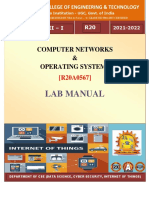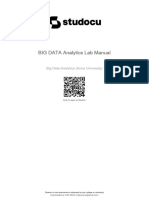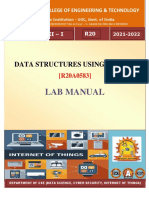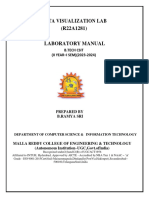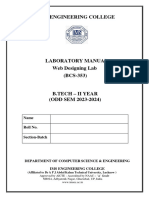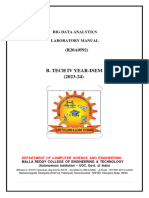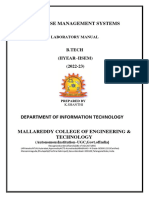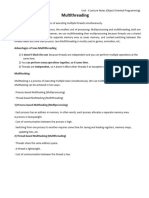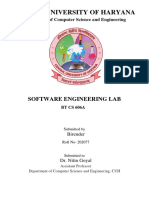0% found this document useful (0 votes)
39 views12 pagesWeb Tech Lab Manual
The document is a lab manual for the Web Technology course (BCS-552) at IMS Engineering College, detailing the vision, mission, and educational objectives of the institute and department. It outlines the course outcomes, general laboratory instructions, and a list of experiments to be conducted by students. The manual emphasizes the importance of practical skills in web development, including HTML, CSS, JavaScript, and server-side technologies.
Uploaded by
Aditi GoelCopyright
© © All Rights Reserved
We take content rights seriously. If you suspect this is your content, claim it here.
Available Formats
Download as PDF, TXT or read online on Scribd
0% found this document useful (0 votes)
39 views12 pagesWeb Tech Lab Manual
The document is a lab manual for the Web Technology course (BCS-552) at IMS Engineering College, detailing the vision, mission, and educational objectives of the institute and department. It outlines the course outcomes, general laboratory instructions, and a list of experiments to be conducted by students. The manual emphasizes the importance of practical skills in web development, including HTML, CSS, JavaScript, and server-side technologies.
Uploaded by
Aditi GoelCopyright
© © All Rights Reserved
We take content rights seriously. If you suspect this is your content, claim it here.
Available Formats
Download as PDF, TXT or read online on Scribd
/ 12













